Invasive species are bad for Michigan's economy, environment, and human health.
Invasive species can be animals, plants, fungi, or bacteria and are considered invasive when they are introduced to an area where they have historically not been found and outcompete or cause harm to the native habitat, human health, or the economy.
Creating awareness before it becomes a problem that is too hard to control is a key objective for organizations involved in conservation. If an invasive species is present in a region, the next goal is containment and population control using chemical, mechanical, or biological methods. In short, these methods of control involve a type of pesticide application (chemical), physical removal of the organism (mechanical) or using a natural predator or deterrent (biological). Through education, we can also encourage cultural methods for long-term control, which can include campaigns such as Don’t Move Firewood, establishing no pruning windows to prevent disease, grazing animals, and weed prevention tools for gardening such as mulching and weed barriers.
If management options are not taken quickly an invasive species can be become too established for widespread control to be cost-effective. Focus then is turn to private landowners taking on these techniques focusing on their individual parcels and only using major resources to protect sensitive or vital habitats.
Scroll down to see what species we are actively managing in Barry, Calhoun and Kalamazoo Counties.
-
Barry-Calhoun-Kalamazoo Cooperative Invasive Species Management Area (BCK CISMA) works with partners throughout the tri-county region to educate, survey, prioritize, and treat invasive species. Education and consultations are available for no charge.
Funded by Michigan Invasive Species Grant Program (MISGP)
-
EQIP provides financial and technical assistance to plan and implement conservation practices, including brush management, that address natural resource concerns to improve forest health, wildlife habitat, soil, water, and air quality. One of USDA Natural Resources Conservation Service (NRCS): Farm Bill Programs
-

Early Detection Species
These species are either new to the area or have high ecological and/or economical threat and could be treated by the local CISMA. Report any sightings to the BCK CISMA Coordinator or using the Midwest Invasive Species Information Network (MISIN) Reporting Software.
-

Mile-A-Minute Weed
This prickly vine can grow up to 6 inches per day, taking over forests and edge habitats. This annual plant is self-fertile and doesn’t rely on pollinators. Each vine can produce up to 3,500 seeds in a year. It is easily identified by its perfect triangular leaves, tiny barbs on the stem, and metallic-blue fruit.
Covered by State Grants
-

Red Swamp Crayfish
This species, although native to Louisiana, has been found in Michigan and can prolifically reproduce, predating on native fish and their eggs and increasing stream bank erosion with their dense clusters of burrows. Red swamp crayfish can be identified by the red bumps on their claws and the space between their carapace plates. They can be bright red or a dark green color.
Covered by State Grants
-

Cinnamon Vine
a fast growing vine that can take over forest edges and stream banks. This species can create a monoculture and chokes out trees. Noted for it’s fiddle shaped leaves and fruit called air potatoes.
PC: Leslie J. Mehrhoff, University of Connecticut, Bugwood.org
Covered by State Grants
-

Lesser Celandine
It is known to grow along the Grand River, with few reports along the Thornapple River.
Outcompetes native flowers in the spring (pollinators) and leaves understory barren in summer (erosion/flooding).
Covered by State Grants
-

Purple Jewelweed
There are two native jewelweeds with orange or yellow flowers, purple jewelweed has different leaf shape and much taller than our native varieties!
PC: Leslie J. Mehrhoff, University of Connecticut, Bugwood.org
Covered by State Grants
-

Knotweed Species
Three species are found in Michigan, but they all have stems that are bamboo-like with segmented hallow shoots. Giant heart shaped leaves and wispy white flowers. Knotweed is capable of growing through asphalt and home foundations. This plant has a rhizome root system and can take many years to kill.
This plant can regrow from an inch of live tissue and should not be mowed.
-

Pale and Black Swallowworts
these plants are of concern because they choke out native habitats and are poisonous to many moth and butterfly species such as monarch butterflies. Known for it’s seed pods that resemble milkweed pods and small flowers that are either black-purple or pink-white.
PC: Emma Erler, University of New Hampshire and Rob Routledge, Sault College, Bugwood.org
-

Phragmites
Reaching heights of 15 feet tall this plant can grow in dense stands taking over entire bays on lake edges. Easily identified by bushy seed heads that can be seen through winter. This plant has a rhizome root system and can take many years to kill.
-

Flowering Rush
is a type of aquatic grass with long triangle blades and clusters of pink flowers. This plant enjoys slow moving water and is know to clog ditches and disrupt fish spawning habitat.
PC: Leslie J. Mehrhoff, University of Connecticut, Bugwood.org
-

Giant Hogweed
Once full grown it is hard to miss the Giant Hogweed on average reaching a height of 14 feet with oversize leaves and large cluster of tiny white flowers, similar to Queen Anne’s lace.
This plant is hazardous to human skin and should not be touched without protection.
PC: Leslie J. Mehrhoff, University of Connecticut, Bugwood.org
-

Blue Lyme Grass
is known to inhabit beaches and dunes preferring sandy soils. This plant is characteristically blue in color compared to other dune grasses.
Also known as Sand Ryegrass
PC: Nisa Karimi, Wisconsin Department of Natural Resources, Bugwood.org
-

Hooked Hair Hops
Palmate leaves on non-woody green stems with downward pointing prickles. Blooming July to August, small greenish flowers in drooping cone-like structures are visible.
An annual vine in our climate prefers sunny areas in moist, rich, exposed soil, most commonly found along stream banks and floodplains.
-

Amur Peppervine
Perennial, woody vine in the grape family but bark as white lenticels and does not peel or shred like wild grape. Speckled berries in various colors of purple, pink, blue and cream.
Perennial vine thriving in forest edges, thickets, river and pond banks, and woodland openings, preferring full to partial sun.
-

Black Jetbead
Leaves serrated opposite, resembling about raspberry in early spring. Blooming April to May, four white rounded petals, that results in dark fruit in clusters of fruit.
Prefers sunny to part shade in forested well-drained areas.
Photo by Leslie J. Mehrhoff
-

Common Invasive Species
We encourage people to control all invasive species when feasible. We offer advice on how to manage the species yourself or recommend contractors that could help.
Our strike team may be available to help if time permits and help protect high quality habitat or threatened/endangered species.
-

Watch List Species
The State of Michigan identifies species that have not yet been found with the potential to wreak havoc or have been detected in a few locations.
Any detections should be reported immediately so we can take action to remove the species and conduct a survey nearby.
Download this flyer for quick reference.

